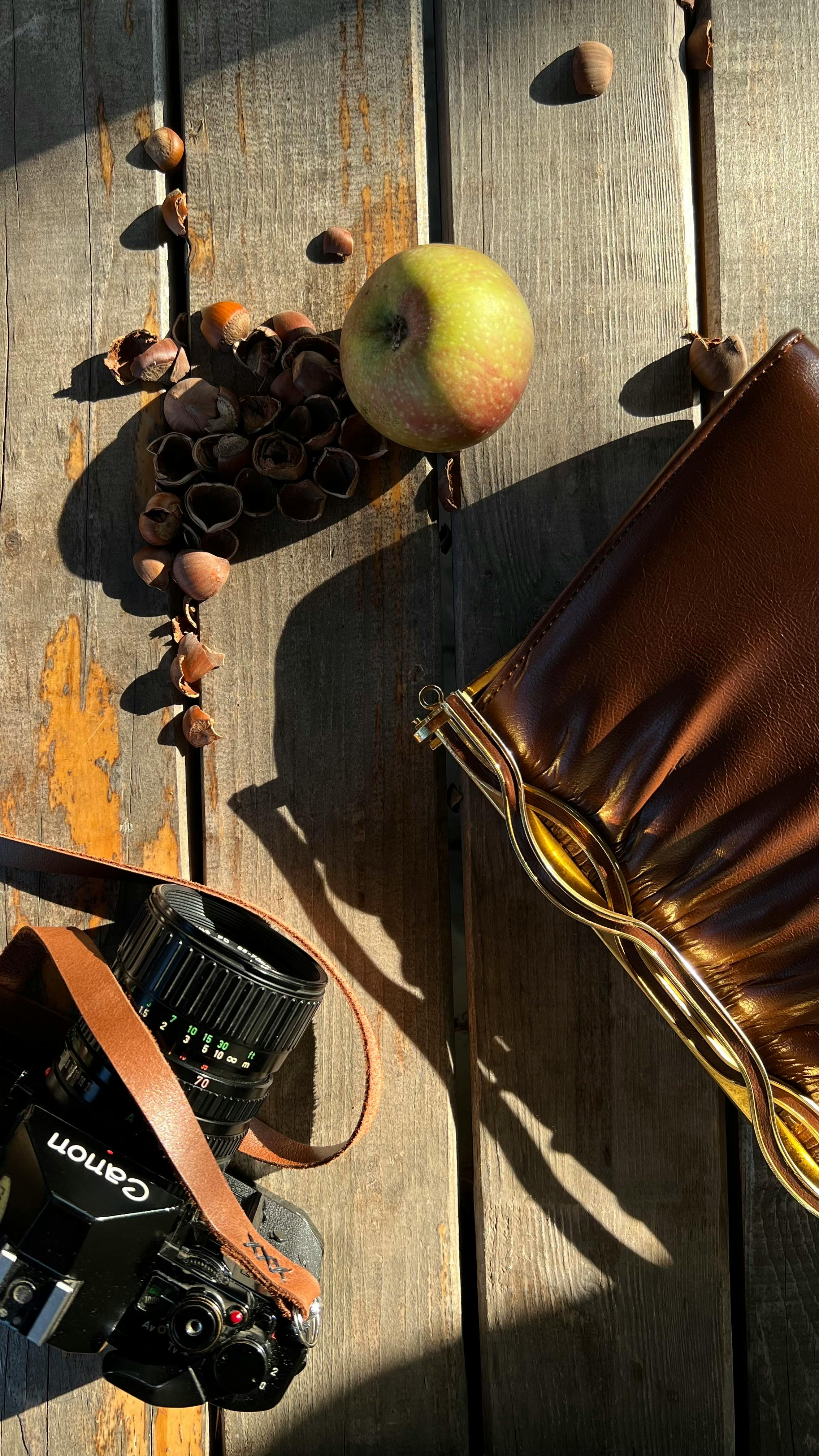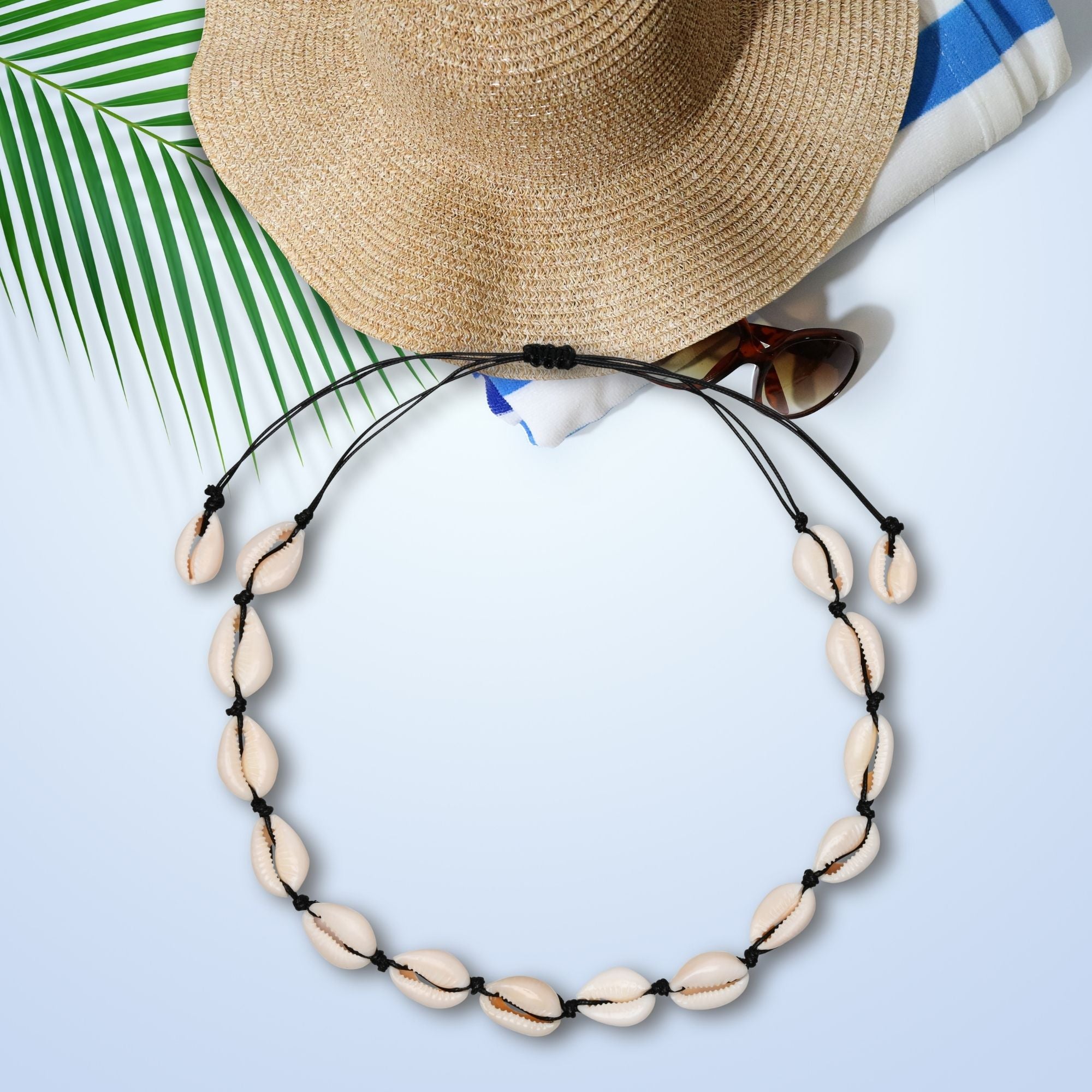Cowrie shells have long captivated our fascination with their exquisite beauty and intricate patterns. But have you ever wondered about the science behind their formation? In this article, we uncover the secrets behind the development of cowrie shells, shedding light on the biological processes that contribute to their unique shapes and striking colors. Join us as we delve into the world of cowrie shell formation and unravel the mysteries behind these fascinating creations of nature.

1. Anatomy of a Cowrie Shell
1.1. External Appearance
The cowrie shell is known for its distinctive and beautiful appearance. It is oval or egg-shaped, with a smooth and glossy surface. The shell is usually relatively small, ranging from a few centimeters to a maximum length of around 5 centimeters. It can come in a variety of colors, including shades of white, brown, and black. The shell's shape and colors make it highly sought after for its aesthetic appeal.
1.2. Internal Structure
Beneath the smooth external surface of the cowrie shell lies its intricate internal structure. The shell is composed of two layers: the outer layer, called the periostracum, and the inner layer, known as the prismatic layer. The periostracum is thin and organic, providing a protective barrier for the shell. The prismatic layer, on the other hand, is made up of densely packed calcium carbonate crystals, giving the shell its strength and durability.
2. Cowrie Shell Growth
2.1. Shell Formation Process
The formation of a cowrie shell is a fascinating biological process. It begins with the secretion of proteins and organic molecules by specialized cells in the mantle, a tissue that lines the inner surface of the shell. These proteins and molecules act as a framework for the deposition of calcium carbonate, the primary mineral component of the shell. Layer by layer, the shell grows and takes shape, with each new layer adding to its overall size.
2.2. Growth Patterns
Cowrie shells exhibit distinct growth patterns that result in their characteristic shape. The growth of the shell is not uniform, but rather concentrated at the aperture, or opening, of the shell. This leads to the formation of a distinctive ridge around the aperture, which gives the shell its characteristic oval shape. Additionally, the growth patterns can vary among cowrie species, resulting in different shell shapes and patterns.

3. Mineral Composition
3.1. Calcium Carbonate
The cowrie shell is primarily composed of calcium carbonate, a mineral commonly found in the shells of marine organisms. Calcium carbonate is deposited in the form of crystals, which are arranged in a layered structure within the shell. This mineral provides the shell with its strength and rigidity, allowing it to withstand external pressures and protect the organism inside.
3.2. Trace Elements
In addition to calcium carbonate, cowrie shells also contain various trace elements. These elements, such as magnesium, strontium, and manganese, are incorporated into the crystal lattice of the calcium carbonate crystals during shell formation. The presence of these trace elements can influence the coloration of the shell, giving rise to the different shades observed in cowrie shells.
4. Environmental Factors
4.1. Temperature
Temperature plays a crucial role in the growth and development of cowrie shells. Different cowrie species have specific temperature requirements for optimal shell formation. Variation in temperature can affect the metabolic processes of the mantle cells responsible for shell formation, leading to variations in shell growth patterns and overall shell quality.
4.2. Salinity
Salinity, the measure of salt concentration in the water, is another environmental factor that affects cowrie shell growth. Cowries are typically found in marine environments with specific salinity ranges. Deviations from the optimal salinity level can disrupt the internal processes involved in shell formation and result in abnormalities in shell appearance and structure.
4.3. pH Levels
The pH levels of the surrounding water also influence cowrie shell formation. Cowries thrive in environments with a slightly alkaline pH. Fluctuations in pH can impact the availability of carbonate ions, which are essential for the deposition of calcium carbonate. Maintaining optimal pH levels is crucial for the successful growth and development of cowrie shells.

5. Genetic Influences
5.1. Genes and Shell Patterns
Genetic factors play a significant role in determining the shell patterns and colors observed in cowrie shells. Genetic variations can influence the expression of proteins and molecules involved in shell formation, leading to variations in shell morphology and pigmentation. Certain genes have been identified as key players in the development of specific shell patterns and colors.
5.2. Genetic Variability
Cowries exhibit a considerable amount of genetic variability within and between species. This genetic diversity contributes to the wide range of shell characteristics observed in different populations of cowries. It allows cowries to adapt to different environmental conditions and demonstrates the importance of genetic variation in the evolution of cowrie shells.
6. Role of Epithelial Cells
6.1. Epithelial Cells in Shell Formation
Epithelial cells, specialized cells that line the mantle tissue, play a crucial role in cowrie shell formation. These cells are responsible for the secretion of proteins and organic molecules that serve as the foundation for calcium carbonate deposition. They coordinate the intricate process of shell growth, ensuring the proper deposition of mineral components and the formation of the shell's layered structure.
6.2. Cellular Processes
Within the epithelial cells, various cellular processes are involved in shell formation. These processes include the synthesis and secretion of proteins and the regulation of calcium carbonate deposition. Epithelial cells have intricate machinery to control the quantity and quality of proteins and organic molecules that are secreted, ensuring the precise growth and development of the cowrie shell.
7. Adaptations for Protection
7.1. Camouflaging Techniques
Cowrie shells have evolved various camouflaging techniques to protect themselves from predators. Some species have shells that closely resemble surrounding rocks or coral, allowing them to blend in with their environment and avoid detection. Others have developed patterns and markings on their shells that mimic the appearance of toxic or venomous organisms, deterring potential predators from attacking.
7.2. Shell Thickness
The thickness of a cowrie shell plays a crucial role in its protection. Thicker shells provide increased protection against physical damage and predation. Cowries living in environments with higher predation pressure tend to have thicker shells, while those in relatively safer environments may have thinner shells. Shell thickness is influenced by genetic factors, as well as environmental conditions such as temperature and nutrient availability.
8. Reproduction and Shell Growth
8.1. Sexual Reproduction
Cowries reproduce sexually, with individuals of different sexes coming together for mating. During mating, the male cowrie transfers sperm to the female's reproductive organs, where fertilization takes place. Following fertilization, the female cowrie lays eggs, which develop into larvae.
8.2. Larval Shell Formation
Larvae of cowrie shells undergo a fascinating process known as larval shell formation. Soon after hatching from the eggs, the larvae start secreting proteins and organic molecules, which form the foundation for their shells. By the time the larvae metamorphose into adult cowries, they have already developed a rudimentary shell structure.
9. Evolutionary Significance
9.1. Paleontological Evidence
The study of ancient cowrie shells, known as paleontology, provides valuable insights into the evolutionary history of cowrie shells. Fossils of cowrie shells have been found dating back millions of years, indicating a long history of evolution. By examining these fossils, scientists can interpret changes in shell morphology and understand how cowrie shells have adapted and diversified over time.
9.2. Adaptive Radiation
Cowrie shells have undergone adaptive radiation, a process where a single ancestral species gives rise to multiple new species to exploit different ecological niches. This diversification in shell characteristics allowed different cowrie species to inhabit a wide range of marine environments. The unique adaptations exhibited by each species contribute to their overall success and resilience.
10. Commercial and Cultural Importance
10.1. Cowrie Shell Trade
Cowrie shells have played a significant role in trade and commerce throughout history. They have been valued as a form of currency, used as a medium of exchange in various cultures. Cowrie shells were widely traded across different regions, linking communities and facilitating economic transactions. Today, cowrie shells continue to be sought after in the decorative and jewelry industries.
10.2. Symbolism and Use in Art
The cowrie shell holds symbolic and cultural significance in many societies. It is often associated with femininity, fertility, and protection. Cowrie shells have been incorporated into various forms of art, including jewelry, sculpture, and decorative objects. Their unique shape and colors make them a popular choice for creative expression and cultural representation.





Leave a comment